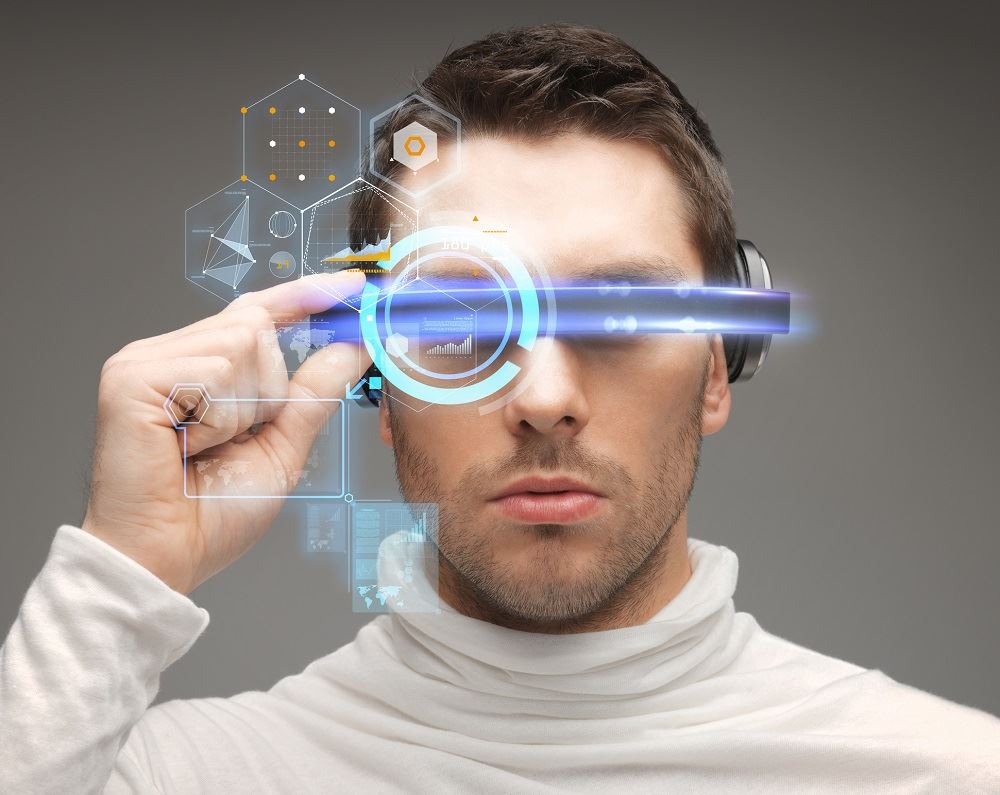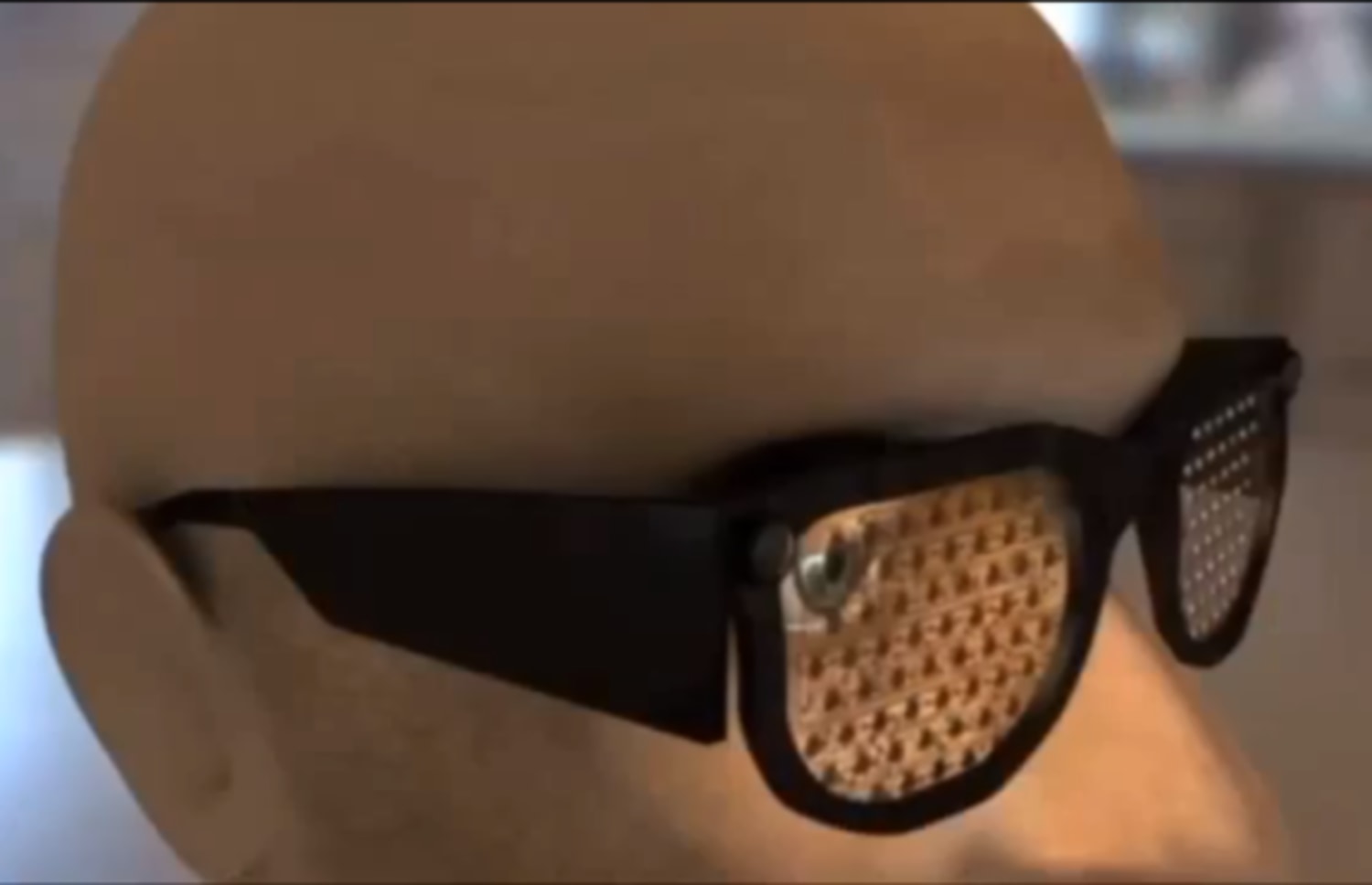Enhancing Accessibility Through Assistive Technology for the Blind
The assimilation of assistive innovation for the blind represents a pivotal improvement in ease of access, fundamentally modifying exactly how individuals navigate their settings and involve with society. As we discover the varied types of assistive tools and their concrete impacts on everyday living, it comes to be necessary to analyze just how continuous technical improvements are reshaping the landscape of assistance for the blind neighborhood.
Review of Assistive Modern Technology
Assistive innovation describes a variety of devices and software application designed to enhance the abilities of people with handicaps, consisting of those who are blind or aesthetically damaged. This technology plays a vital duty in advertising independence and improving the high quality of life for individuals. By supplying different approaches for accessing information and carrying out everyday jobs, assistive modern technology empowers individuals to navigate their settings extra efficiently.
The advancement and implementation of assistive modern technology embrace a variety of principles aimed at promoting access. These concepts include user-centered design, which prioritizes the demands and preferences of the person, and the combination of innovation right into everyday tasks. Such developments make certain that assistive devices are not just useful but simple and also user-friendly to make use of.
In addition, assistive innovation encompasses a varied spectrum of options, from low-tech alternatives like magnifiers to high-tech developments such as screen readers and Braille displays. The ongoing evolution of this area is driven by the demand to resolve the unique obstacles dealt with by people with aesthetic problems (Wearable technology for low vision). As modern technology remains to advancement, the capacity for enhancing availability and promoting inclusivity remains promising, ultimately adding to a more fair society

Kinds Of Assistive Tools
Various kinds of assistive tools are offered to support individuals that are blind or visually damaged, each made to deal with details needs and obstacles. These devices can be extensively classified into three major types: low-tech, mid-tech, and state-of-the-art solutions.
Low-tech gadgets include products such as magnifiers, Braille tags, and tactile maps. These are fairly straightforward tools that improve the customer's ability to communicate with their setting without calling for complex innovation.
Mid-tech gadgets commonly entail extra innovative attributes, such as digital magnifiers and mobile Braille note-takers. These tools can supply functionalities like speech output, allowing users to gain access to details extra successfully.

Effect On Daily Living
The accessibility of numerous assistive gadgets significantly improves the quality of life for individuals that are aesthetically impaired or blind, influencing their everyday living in extensive methods. By integrating modern technologies such as display readers, Braille presents, and audio description solutions into their regimens, users obtain higher freedom and self-reliance. These tools facilitate accessibility to information, making it possible for individuals to execute everyday jobs, such as checking out e-mails, browsing public spaces, and enjoying media material.
Furthermore, assistive gadgets empower people to engage even more completely in social interactions and area tasks. The capability to utilize mobile phones geared up with availability functions enables seamless interaction and link with others. This connectivity fosters a feeling of belonging and lowers sensations of seclusion.
In expert settings, assistive modern technology sustains productivity by allowing individuals to full job jobs efficiently. Devices like voice recognition software application and specialized magnification gadgets enable individuals to get involved in the workforce on equivalent ground with their sighted peers.

Innovations in Innovation
Current technical developments have actually significantly transformed the landscape of devices readily available for individuals who are blind or aesthetically damaged. The assimilation of expert system (AI) and maker discovering has generated applications that enhance navigating and object recognition. optician exam Smart device applications can currently use AI to determine and explain surroundings in real-time, offering users with important contextual information.
Additionally, developments in haptic innovation have brought about the growth of clever walking canes furnished with sensing units that discover challenges and offer tactile responses. This encourages individuals to navigate their environment with raised self-confidence and self-reliance. Developments in text-to-speech software application and braille displays have improved the accessibility of digital content, allowing for smooth interaction with numerous media.
Wearable technologies, such as smart glasses, are also making strides in aiding visual problems. These tools can give increased fact experiences, overlaying important info onto the individual's field of vision. Collectively, these advancements not just enhance the top quality of life for people who are blind but likewise promote greater incorporation in culture. As technology remains to develop, the potential for even more transformative devices stays imminent.
Future Trends and Innovations
As modern technology quickly progresses, the future of assistive tools for individuals that are blind holds tremendous pledge. Developments in synthetic intelligence (AI) and artificial intelligence are poised to revolutionize the means blind individuals interact with their settings. AI-driven applications are being created to boost item recognition, permitting customers to recognize and browse their surroundings with better convenience and accuracy.
Furthermore, developments in haptic feedback technology are enabling the development of tactile maps and look at more info navigating help that provide real-time details via touch. These technologies not just improve movement yet additionally foster self-reliance. Additionally, wearable tools furnished with enhanced reality (AR) attributes are emerging, providing users visual information through audio summaries, consequently bridging the void in between the electronic and physical globes.
In addition, the assimilation of wise home innovation presents brand-new opportunities for access, enabling people to manage their living settings via voice commands or mobile phone applications. As cooperation in between tech developers and the blind neighborhood continues, the concentrate on user-centered style will certainly make sure that future developments are customized to meet the one-of-a-kind needs of this populace (Wearable technology for low vision). The trajectory of assistive modern technology guarantees a more empowering and comprehensive future for individuals that are blind
Conclusion
To conclude, assistive modern technology plays a critical role in improving ease of access for people with visual Discover More Here problems. The diverse range of tools, including screen viewers and clever walking canes, considerably enhances day-to-day living and cultivates independence. Constant developments in modern technology and user-centered layout ensure that these tools cater effectively to the unique demands of the blind area. As advancements development, enhanced inclusivity and empowerment can be anticipated, inevitably enhancing the lifestyle for those affected by visual problems.
The combination of assistive modern technology for the blind stands for a pivotal advancement in availability, fundamentally modifying exactly how people navigate their environments and engage with culture.Assistive innovation refers to a range of tools and software application designed to improve the capabilities of people with impairments, consisting of those that are blind or aesthetically impaired. Wearable technology for low vision.As technology rapidly proceeds, the future of assistive devices for individuals who are blind holds enormous guarantee. The trajectory of assistive modern technology guarantees a more inclusive and empowering future for people that are blind
In conclusion, assistive innovation plays an essential function in boosting accessibility for individuals with aesthetic problems.